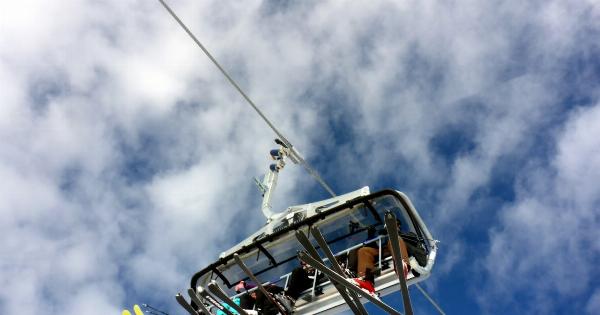Sexual addiction, also known as compulsive sexual behavior disorder, is a type of behavioral addiction characterized by excessive and repetitive sexual thoughts and behaviors that negatively impact a person’s life.
Like other types of addiction, sexual addiction may have a biological basis that affects the brain and the reward system. This article will explore the neuroscience of sexual addiction, the brain regions involved, and the potential treatments available.
The Reward System
The reward system is a group of brain structures that are responsible for reinforcing behavior by inducing pleasure and positive emotions.
The main neurotransmitter involved in the reward system is dopamine, which is released in response to natural rewards such as food, sex, and social interaction. Dopamine activates the nucleus accumbens, a brain region that is associated with motivation, reward, and addiction. This activation leads to the release of endorphins, which produce feelings of pleasure and euphoria.
The Role of Trauma and Stress
There is evidence to suggest that traumatic experiences and chronic stress can increase the risk of developing sexual addiction.
Trauma and stress can affect the brain’s reward system by altering the levels of neurotransmitters such as dopamine and serotonin. Chronic stress can also lead to structural and functional changes in the brain, particularly in the prefrontal cortex, which is responsible for self-control and decision-making.
These changes can make a person more susceptible to addictive behaviors and can impair their ability to resist temptation.
The Impact of Pornography
The availability and accessibility of pornography on the internet have contributed to an increase in cases of sexual addiction.
Pornography can lead to changes in the brain’s reward system by creating a tolerance effect and increasing the activity in the nucleus accumbens. This can lead to a compulsive need to seek out more pornography and engage in more intense sexual behavior to achieve the same level of pleasure.
Long-term exposure to pornography can also lead to desensitization, which can make it difficult to experience pleasure from natural rewards such as social interaction and sex with a partner.
The Brain Regions Involved
Research has identified several brain regions that are involved in sexual addiction, including the amygdala, the prefrontal cortex, and the insula.
The amygdala is responsible for processing emotions, particularly fear and motivation, and can be activated by sexual cues. The prefrontal cortex, which is involved in decision-making and self-control, can be impaired in people with sexual addiction.
The insula, which is associated with interoception, the ability to sense internal bodily states, can be activated by sexual arousal and desire.
The Potential Treatments
There is no single treatment for sexual addiction, and the best approach may depend on the individual’s specific needs and history.
Cognitive-behavioral therapy (CBT) is a common approach that focuses on identifying and changing the thoughts and behaviors that lead to addiction. Other types of therapy, such as psychodynamic therapy and group therapy, may also be effective. Medications such as antidepressants and anti-anxiety medications may be prescribed to help manage symptoms and underlying mental health conditions.
Self-help strategies, such as mindfulness and meditation, may also be beneficial in managing cravings and reducing stress.
The Bottom Line
Sexual addiction is a complex and often misunderstood condition that can have a significant impact on a person’s life. While the exact causes are not yet fully understood, research suggests that the brain’s reward system plays a key role.
By identifying and understanding the brain regions involved and the potential treatments available, individuals with sexual addiction can take steps toward recovery and a healthier, happier life.

























